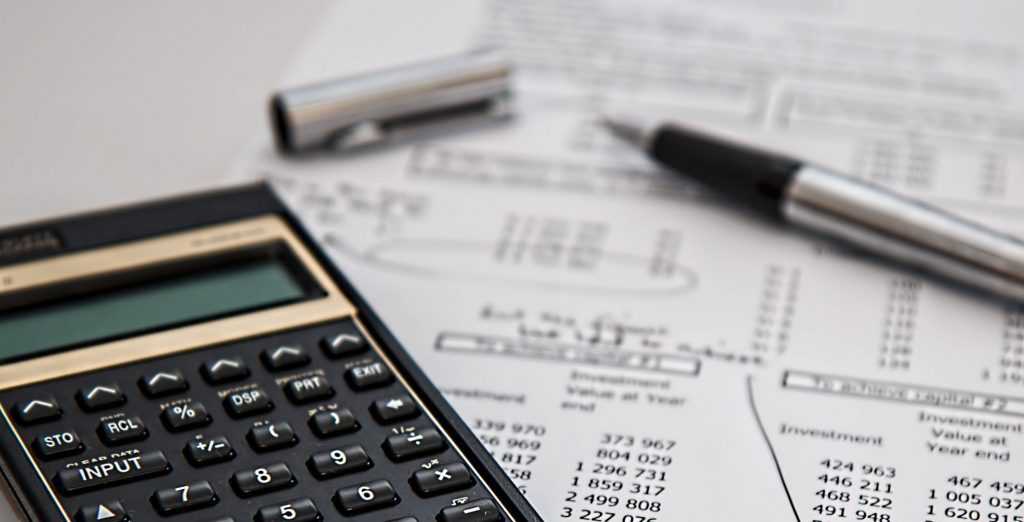Plan to get back on track with your student loan repayment! Tips from the office of Federal Student Aid

All is not lost if you defaulted on a student loan. An Office of the U.S. Department of Education for Federal Student Aid, offers advice and tools to help you get out of default in an article found at https://studentaid.gov/manage-loans/default/get-out.
In this article the U.S. Department of Education recommends:
- Don’t get discouraged if you’re in default on your federal student loan.
- If you can’t repay the defaulted loan in full, other options are loan rehabilitation and loan consolidation.
- Make three voluntary, on-time, full monthly payments on the defaulted loan before consolidating.
Loan Rehabilitation and Consolidation Comparison Chart
| Benefit Regained | Loan Rehabilitation | Loan Consolidation |
| Eligibility for Deferment | Yes | Yes |
| Eligibility for Forbearance | Yes | Yes |
| Choice of Repayment Plans | Yes | Yes (but there may be limitations —see details) |
| Eligibility for Loan Forgiveness Programs | Yes | Yes |
| Eligibility to Receive Federal Student Aid | Yes | Yes |
| Removal of the Record of Default From Your Credit History | Yes (see details) | No* (see details) |
*Table was retrieved on Jan. 3, 2020, from https://studentaid.gov/manage-loans/default/get-out
Some other helpful tips found in this article are:
Garnishment: If your pay is being garnished as ordered by a judgment against you, you will not be able to consolidate your loan until the garnishment order has been lifted or the judgment has been vacated.
Income-driven repayment plan: In order to get an income-driven repayment plan you will need to provide documentation of your income.
Consider the benefits: Loan rehabilitation takes longer to apply than loan consolidation; however both repayment plans have their own benefits (refer to the chart above). Choose your options carefully, based on what your future needs may be. Direct Consolidation Loans will be eligible for benefits such as loan forgiveness and deferment, and you will be eligible to receive additional federal student aid; however, loan rehabilitation can help repair your credit by removing the record of default from your credit history. In either instance, late payments will remain on your report for seven years.
Contact your loan holder: Your other option is to pay the loan in full. You can log in to “My Federal Student Aid” to get your loan holder’s contact information https://studentaid.gov/manage-loans/default/get-out#loan-repayment.
Further information about the differences between loan rehabilitation and loan consolidation can be found at https://studentaid.gov/manage-loans/default/get-out#loan-rehabilitation and https://studentaid.gov/manage-loans/default/get-out#loan-consolidation . Or you may read the entire article from the U.S. Department of Education at https://studentaid.gov/manage-loans/default/get-out .
